What is Driving the Decline?
“This is the only business I know of that buys their supplies at retail prices and sells the finished product at wholesale prices.” Long-time farmer
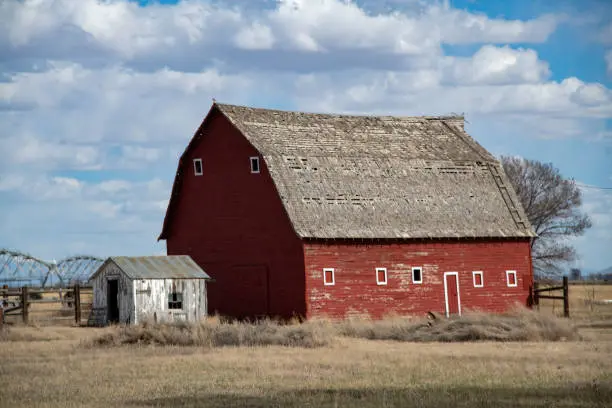
The number of US farms has dropped dramatically over the last nine decades. In 1935 there were 6.8 million farms, by 2023 that number had slipped to 1.89 million. What’s going on here? Well, certainly lifestyle changes and technology have played a part in the demise of many farms. Farm life has always been tough. Income was never guaranteed but hard work was. Moving to the city presented many the opportunity to make a steady, more reliable income. Technology advances made it easier to farm more land, so as small farmers quit the business their land was often purchased by a neighbor.
In 1935 the size of the average farm was 155 acres. In 1960 it was 243 acres, and today it stands at 464 acres. Smaller than that just isn’t economical and, in fact, many small farm operators today have to have a second job to make ends meet.
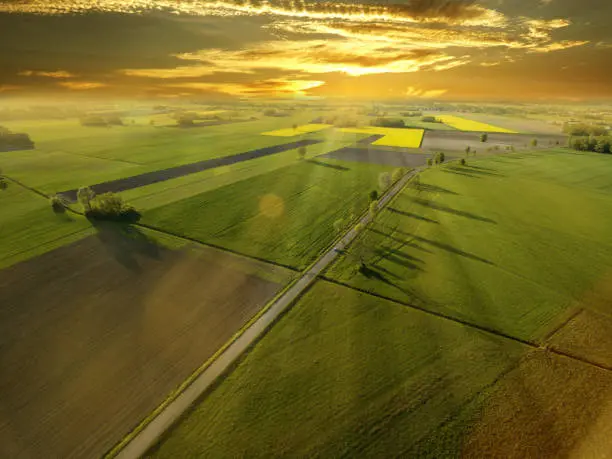
Farms that have been in the same family for generations have one advantage – the land they farm is usually owned free and clear. That ownership comes with a potential problem though. The death of the farm owner can lead to a tax bill so high that the heirs have to sell the land and move away. Starting a 400 acre farm from scratch today would cost millions of dollars. Add to that the cost of equipment. A John Deere tractor starts at around $100k in price and goes up from there to nearly $1 million. The cost of new entry into this business is prohibitive. It is understandable to see that it is not happening.
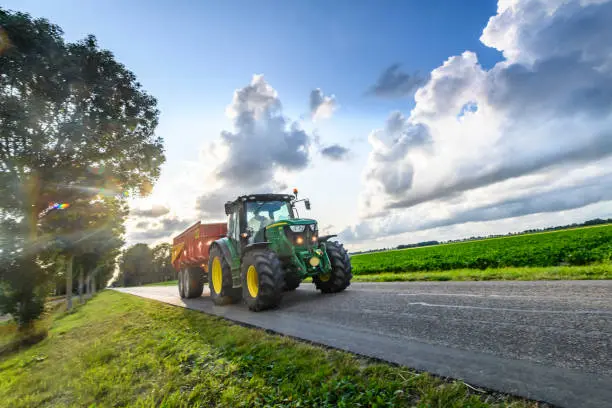
Add to all of this the cost of seed, fertilizer, diesel fuel, crop insurance, transportation, hired labor, and storage fees for the crops, property taxes and more – the capital required and risk involved is staggering.
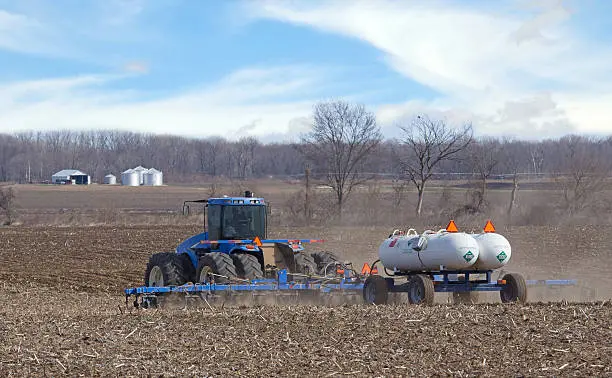
All of this means smaller farms will continue to give way to larger farms. Economies of scale characteristic of larger farms work in favor of the farmer in a good crop year. The US Department of Agriculture (USDA) reported that farm income in 2022 reached a record high of $185.5 billion. In 2023, however, this income declined 16% ($29.7 billion) in 2024 and is expected to decline another 25.5% ($41.8 billion).
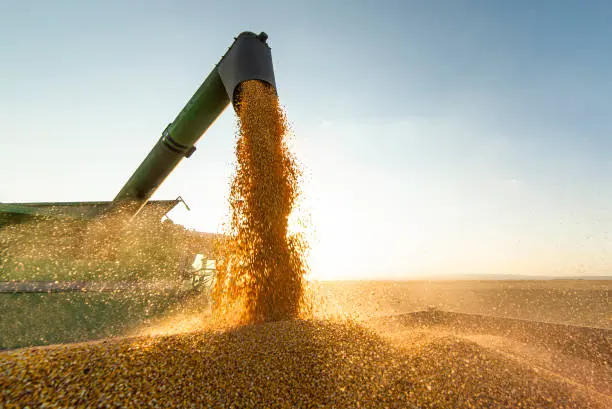
That is an ominous trend and unsettling to those in the farming industry. Prices for supplies across the board are up substantially due to the high inflation of the last two years. Crop prices, however, are down. On May 2, 2022 corn prices were at a high point of $7.85 per bushel. Today, the cash corn price is $4.90. Soy beans have seen similar drops, from $17.48 in April of 2022 to $11.58 today.
Why have crop prices dropped when everything else seems to have risen dramatically?
“The steepest market downturn in a decade in 2023 has extended into 2024, hurting the U.S. rural economy. Two years of high prices and tight crop supplies spurred by unfavorable global weather and disruption from the Ukraine war have been quickly reversed. Record-large harvests in the United States and Brazil, increased competition for U.S. grain exports, and limited domestic demand led to hefty amounts of corn locked away in storage, pushing U.S. corn prices to their lowest level since November 2020 on Wednesday.” Reuters News Service from 2/22/2024.
All of these issues have been a part of the reason small farms are disappearing in America. We are not alone either, farmers in India, Belgium, Germany, Canada, Poland, Rumania and Bulgaria, Spain, Italy, France, Greece have all taken part in protests against governmental farm policies detrimental to the farming industry. For example, while German farmers are pushing back against the phasing out of tax breaks on agricultural diesel, their French counterparts are railing against the rising cost of farm diesel and the competition from imports.
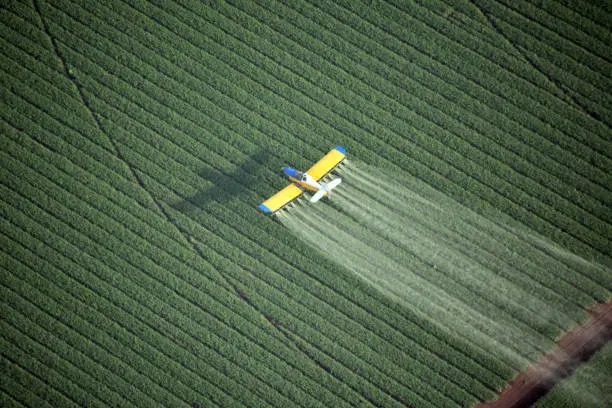
Farms supply the basic physiological need of life: food, which along with water, warmth and rest is necessary to preserve life. It has been said that farming is the world’s most important career. Farmers have no choice but to get the land ready to harvest.
It’s informative to note that in 1870, about half of the nation’s workforce was employed in agriculture. Today, only 2 percent of Americans work on farms and 96 percent of farms in this country are family-owned. The average farmer provides food for 155 American families.
We enjoy an abundant food supply thanks to farmers’ hardiness and perseverance. An acre of Kansas wheat produces enough bread to feed nearly 9,000 people for one day. Minnesota ranks first in the nation for sugar beet crops, sweet corn for processing, and green peas for processing. Pennsylvania is a major producer of milk, eggs, and poultry; fruits, including peaches, grapes, cherries, and apples, hay, corn (maize), mushrooms, and Christmas trees. Ice cream and sausages are important processed food products.
So, while farming is an essential commodity industry, farm owners are not leading a glamorous existence. They work long hours from planting to harvest and face pressures from climate change, soil erosion, income, finances, government and more.
It is not only grain farmers who are facing problems, livestock producers are as well. Just as the proliferation of Walmart and Home Depot stores caused havoc with small town retailers and hardware stores, the development of livestock confinement operations have impacted the small livestock farmer.
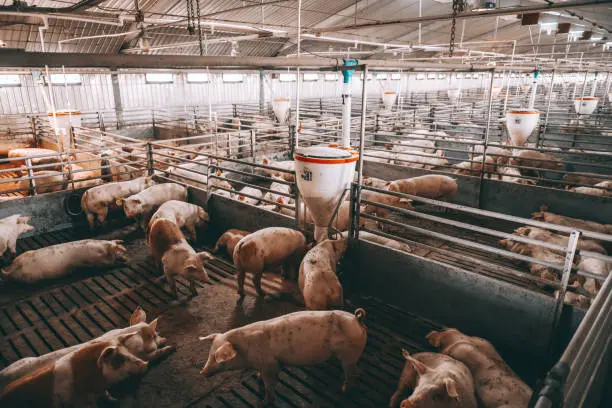
A recent report by More Perfect Union reveals that massive hog confinements, similar to those for poultry, have decimated the small hog producer population in Iowa. Iowa farm count fell from 45,000+ in 1982 to just around 5,000 today. Hog farmers have been negatively impacted by the proliferation of massive, company-owned hog factories. In the same period that saw 90% of farms disappear, the number of hogs produced in Iowa has more than doubled. Concentrated Animal Feed Operations (CAFOs), as these structures are known, have taken over the market. And just three companies, Tyson, JBS, and Smithfield, dominate the CAFO business. This corporate dominance – also impacting the beef, poultry, and dairy industries – has crushed the small, independent farmer who lacks the capital to build a multi-million dollar confinement operation and sell his livestock on contract to the big companies. There is no reversal of this trend in sight.
Small farms are disappearing and taking small farming communities with them. That’s a sad story for another day.
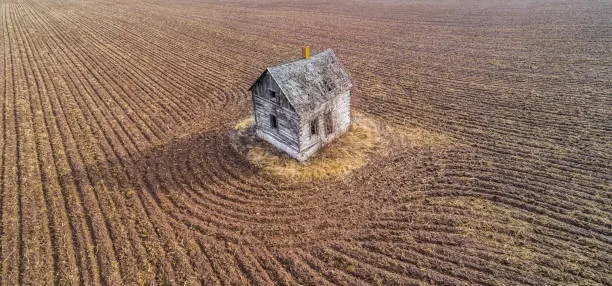
Two final extended areas for extra credit: Fertilizer costs have blasted into the stratosphere. To gain some insight watch This Billionaire Family is Suffocating Rural America . If things were not already bad enough learn how John Deere just dealt a devastating blow to Iowa and Illinois.

Welcome to 3-Minutes A Day University, where every day you can learn a little about a lot of things in three minutes or less. We help you expand your knowledge and understanding of the real world, and 3-MAD University is tuition-free. Our wide-ranging syllabus includes a fascinating insight into topics including Health and Medicine, Science, Sports, Geography, History, Culinary Arts, Finance and the Economy, Music and Entertainment, and dozens more. You will impress yourself, your friends, and your family with how easy it is to learn facts and perspectives about the world around you. One topic you will never find covered is politics. We hope you enjoyed the previous three minutes. If you liked this post, please pass it along to a friend.
Was this email forwarded to you? Subscribe Here.
© Copyright 2024. 3-Minutes A Day University All Rights Reserved. Unsubscribe

